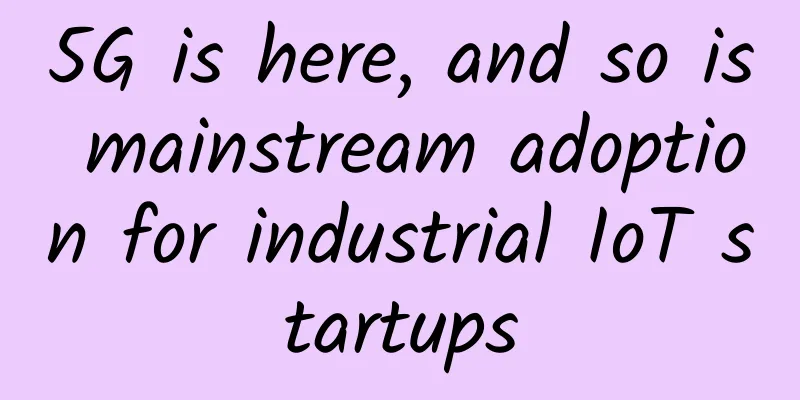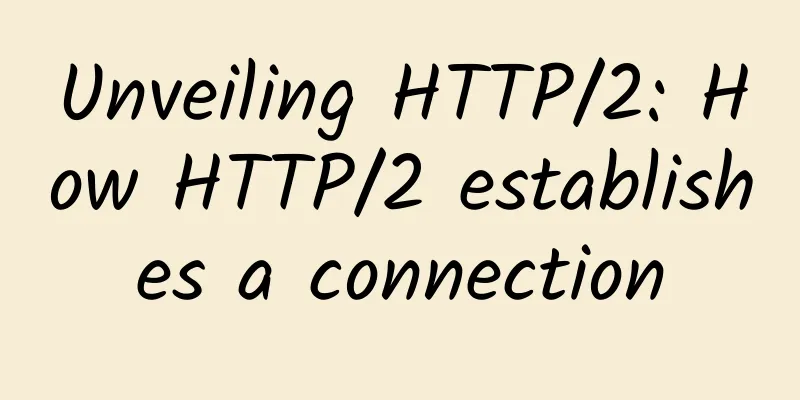Distributed current limiting, everything you want to know is here

|
Preface In a high-concurrency system, it is very important to control the flow. When a huge amount of traffic is directly requested to our server, it may cause the interface to become unavailable in a short time. If it is not handled, it may even cause the entire application to become unavailable. For example, recently there is such a requirement. As a client, I need to produce data to Kafka, and Kafka consumers consume data continuously and request all the consumed data to the web server. Although the load is done (there are 4 web servers), the amount of business data is also huge, and there may be tens of thousands of data generated every second. If the producer produces data directly, it is very likely to drag down the web server.
For this, it is necessary to do current limiting processing and produce a certain amount of data to Kafka every second, so as to ensure the normal operation of the web to a great extent. In fact, no matter what scenario you are dealing with, the essence is to reduce traffic and ensure high availability of the application. Common Algorithms There are two common algorithms for current limiting:
The leaky bucket algorithm is relatively simple, which is to put the traffic into the bucket, and the leaky bucket will also flow out at a certain rate. If the traffic is too fast, it will overflow (the leaky bucket does not increase the outflow rate). The overflowing traffic is directly discarded. As shown in the following figure: This approach is simple and crude. Although the leaky bucket algorithm is simple, it cannot cope with actual scenarios, such as a sudden surge in traffic. At this time, the token bucket algorithm is needed: The token bucket will put tokens into a fixed-capacity bucket at a constant rate, and take away one or more tokens when traffic comes. If there are no tokens in the bucket, the current request will be discarded or blocked. In contrast, the token bucket can handle a certain amount of burst traffic. RateLimiter Implementation For the code implementation of the token bucket, you can directly use the RateLimiter in the Guava package.
See here for details. The call results are as follows: From the code, we can see that two tokens are put into the bucket every second, and one token is consumed for each request. Therefore, only two requests can be sent per second. This is indeed the case according to the time in the figure (the return value is the time consumed to obtain this token, which is also about one token every 500ms). There are several things to note when using RateLimiter: It allows consumption first and payment later, which means that it can take a few tokens at a time or all the remaining tokens or even more when a request comes in, but the subsequent requests have to pay for the previous request. It needs to wait until the tokens in the bucket are replenished before it can continue to obtain tokens. Summarize For a single application, RateLimiter is sufficient. If it is a distributed environment, it can be done with the help of Redis. Come and demonstrate. Current limiting is adopted in the interface provided by the Order application. First, the bean of the current limiting tool is configured:
Then use the component in the Controller:
For ease of use, annotations are also provided:
This annotation intercepts the http request and returns directly when the request reaches the threshold. The normal method can also be used:
An exception will be thrown when the call threshold is reached. In order to simulate concurrency, 10 threads are opened in the User application to call the Order interface (the current limit is 5 times) (professional concurrency testing tools such as JMeter can also be used).
In order to verify the distributed effect, two Order applications are started. The effect is as follows: Implementation principle The implementation principle is actually very simple. Since we want to achieve the effect of distributed global current limiting, we naturally need a third-party component to record the number of requests. Redis is very suitable for such scenarios.
The Lua script is as follows: --lua subscript starts from 1-- Current limiting keylocal key = KEYS[1]-- Current limiting sizelocal limit = tonumber(ARGV[1])-- Get current flow sizelocal curentLimit = tonumber(redis.call('get', key) or "0")if curentLimit + 1 > limit then -- Return return 0 if the current limiting size is reached;else -- The threshold value + 1 is not reached redis.call("INCRBY", key, 1) redis.call("EXPIRE", key, 2) return curentLimit + 1end Calling logic in Java:
Therefore, you only need to call this method where current limiting is needed to judge the return value to achieve the purpose of current limiting. Of course, this is just a crude counter made using Redis. If you want to implement a token bucket algorithm similar to the one mentioned above, you can implement it yourself based on Lua. Builder When designing this component, we tried to provide users with a clear, readable, and error-prone API. For example, in the first step, how to build a current limiting object. The most common way is of course the constructor. If there are multiple domains, you can use the overlapping constructor method:
The disadvantages are also obvious: if there are too many parameters, it will be difficult to read. Even if the parameter types are consistent and the client reverses the order, it will not cause a warning, resulting in unpredictable results. The second solution is to use the JavaBean mode and construct it using the setter method:
This approach is clear and easy to read, but it is easy to put the object in an inconsistent state and make the object thread-unsafe. So here we use the third way to create objects, the builder:
So when the client uses it:
It is much simpler and more direct, and avoids breaking the creation process into multiple sub-steps. This is useful when there are multiple constructor parameters, but they are not required fields. Therefore, the distributed lock builder method is also updated: https://github.com/crossoverJie/distributed-redis-tool#features API As can be seen from the above, the usage process is to call the limit method.
In order to reduce intrusion and simplify the client, two annotation methods are provided. @ControllerLimit This annotation can be used in interfaces modified by @RequestMapping and will provide a current limiting response after current limiting. The implementation is as follows:
In fact, it implements the interceptor in SpringMVC, and determines whether annotations are used during the interception process, thereby calling the current limiting logic. The premise is that the application needs to scan the class and let Spring manage it.
@CommonLimit Of course, it can also be used in ordinary methods. The implementation principle is Spring AOP (SpringMVC's interceptor is essentially AOP).
It's very simple, and the current limiting is also called during the interception process. Of course, you also have to scan the package when using it:
Summarize Current limiting is a powerful tool for protecting applications in a high-concurrency and high-traffic system. There are many mature solutions. I hope to provide some ideas for friends who are just beginning to understand this area. |
<<: Will 5G be the connectivity miracle for the Internet of Things?
Recommend
If I have an unlimited data plan, should I cancel my home wired broadband?
In fact, if it is a truly unlimited data package,...
How to choose the best flash storage for your data center?
The all-flash data center is a futuristic concept...
5G healthcare development direction and challenges
[[403098]] The development of 5G healthcare has e...
Is “localization” so complicated?! In 2018, Inspur and Cisco Networks continue to demonstrate China’s strength
[51CTO.com original article] In 2017, the names o...
iWebFusion: $149/month-E3-1230v3/16G memory/250G SSD hard drive/150TB@10Gbps bandwidth
iWebFusion (iWFHosting) was founded in 2001. It i...
Seven common misconceptions about the 802.11ax wireless LAN standard
For the 802.11ax wireless LAN standard, which is ...
What Internet speed do smart homes need?
The Internet of Things (IoT) is changing the way ...
RAKsmart: Cloud servers starting from $1.99/month, VPS hosting starting from $0.99/month, data centers in Hong Kong/Japan/Singapore/Korea/USA
RAKsmart is a hosting company founded by overseas...
5G Era: Say Goodbye to TCP/IP
I just don't love you anymore, a song that ca...
Solution to Failed to start LSB: Bring up/down networking when starting CentOS
I encountered this problem on a physical server. ...
Overview of the five major 5G wireless technologies
Two of the five most important wireless technolog...
LOCVPS: Hong Kong Cloud 6G memory package 30% off 66 yuan/month, 20% off Hong Kong/Japan/Korea/USA and other data centers
LOCVPS (Global Cloud) has launched a special prom...
Unleashing the power of 5G: Innovative devices will revolutionize connectivity
There’s no denying that the advent of 5G technolo...
Edge computing is the driving force for enterprise IT transformation in the next decade
According to forecasts, the number of 5G subscrib...
What else do you want to say besides applauding the introduction of the auction system for 5G spectrum allocation?
[[178089]] Due to the lack of real property owner...





![[6.18] Moack: $35.64/month-2xE5-2630L/32GB/1TB/10M bandwidth/South Korea server](/upload/images/67cac333327b6.webp)



![[6.18] OneTechCloud: VPS 30% off monthly payment starting from 19 yuan, Hong Kong CN2/CMI large bandwidth/US CN2 GIA/high defense optional](/upload/images/67cabe9645d50.webp)